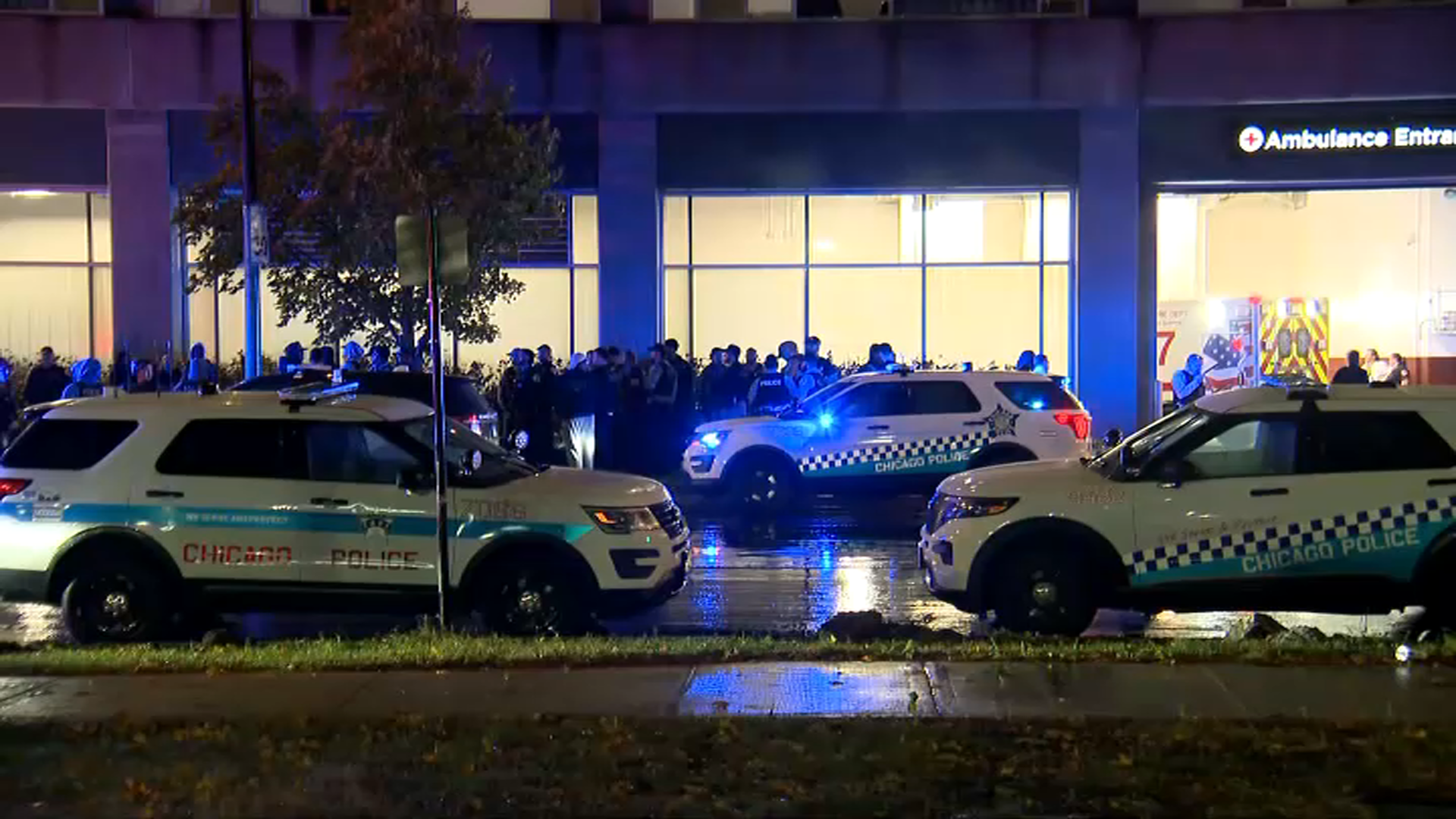A large swath of the U.S. might have the opportunity to see the Northern Lights once again on Friday - after quite a magnificent showing hours prior.
According to the Space Weather Prediction Center and the National Oceanic and Atmosphere Administration, a "severe" geomagnetic storm watch was once again in effect. Friday's aurora forecast shows the viewing sitting just above the Chicago area, coming close to the Illinois-Wisconsin state line.
Here's the most recent map from the Space Prediction Center as of mid-day Friday:

"Potential exists for Strong Storm levels," the SWPC said in a post on its website.
The aurora was visible much further south than usual as a G4 geomagnetic storm impacted the Earth Thursday. The phenomenon was caused by a significant coronal mass ejection that began affecting the atmosphere that morning.
In an update, the SWPC said lingering CME effects will likely persist throughout the day. Similarly, a G1 Watch was in place on Saturday as a result of expected lingering effects.
Local
The Northern Lights are enhanced when coronal mass ejections, or CME’s, erupt from the sun and speed across space before hitting Earth’s atmosphere. According to the SWPC, CME’s are “large explosions of plasma and magnetized particles from the Sun’s corona.”
Those ejections expand in size as they approach Earth’s atmosphere, and can cause geomagnetic storms when they arrive.
Feeling out of the loop? We'll catch you up on the Chicago news you need to know. Sign up for the weekly Chicago Catch-Up newsletter.
According to the SWPC, auroras can be observed just after sunset or before sunrise. They are not visible during daytime hours, and do not need to be directly overhead to be seen, if conditions are bright enough.
"For many people, the aurora is a beautiful nighttime phenomenon that is worth traveling to arctic regions just to observe," the SWPC said. "It is the only way for most people to actually experience space weather."



